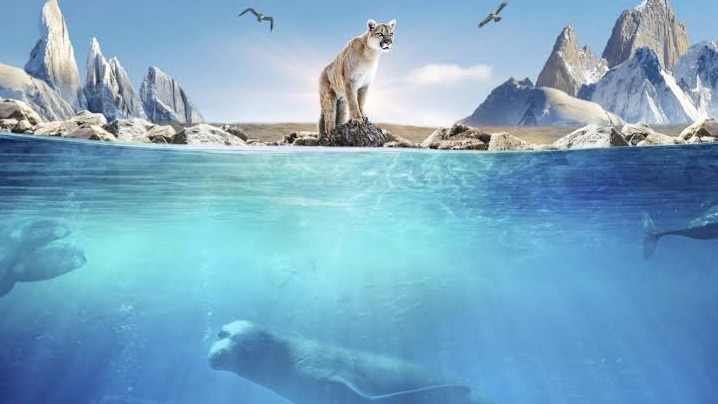Animals have developed incredible adaptations to survive in some of the most extreme environments on Earth, including deserts, polar regions, and deep oceans. These adaptations, shaped by millions of years of evolution, help them cope with extreme temperatures, scarce resources, and harsh physical conditions.
Desert Adaptations
In deserts, where temperatures can soar during the day and drop dramatically at night, animals must conserve water and avoid the heat. Species like camels have evolved the ability to store fat in their humps, which they can convert into water and energy, while small desert rodents, like the kangaroo rat, survive without drinking water by extracting moisture from seeds. Many desert creatures are nocturnal, coming out only at night to avoid the intense daytime heat. Burrowing and finding shelter also help animals avoid dehydration and exposure to the elements.
Polar Adaptations
In the polar regions, freezing temperatures and scarce food sources pose significant challenges. Animals like polar bears, seals, and whales have thick layers of blubber and dense fur to insulate them from the cold. Some animals, such as Arctic ground squirrels, hibernate or enter torpor to conserve energy when food is scarce. Certain species of fish in the Antarctic have even evolved antifreeze proteins in their blood, allowing them to survive in waters that would freeze most organisms.
Deep Ocean Adaptations
In the deep ocean, creatures face a different kind of extremity—complete darkness, crushing pressures, and near-freezing temperatures. Many deep-sea animals have adapted by developing bioluminescence, which helps them attract prey or evade predators. Others, like the giant squid, have evolved flexible, gelatinous bodies that can withstand the intense pressure of the deep ocean. Additionally, slow metabolisms allow deep-sea creatures to survive with minimal food, a necessity in such a nutrient-scarce environment.
Conclusion
These adaptations are a testament to the power of evolution, demonstrating how animals have adjusted to their surroundings over millions of years. Thermoregulation, water conservation, and behavioral changes are just a few ways animals manage to survive in these harsh environments. However, human activities, such as climate change and habitat destruction, are threatening these ecosystems. As conditions change rapidly, many species are struggling to adapt, making conservation efforts increasingly important.
Overall, animals’ ability to adapt to extreme environments highlights the incredible diversity and resilience of life on Earth. From the deserts to the poles and the deep oceans, these creatures have evolved unique traits that enable them to survive in the most inhospitable places, reminding us of the delicate balance of nature and the importance of preserving it.



